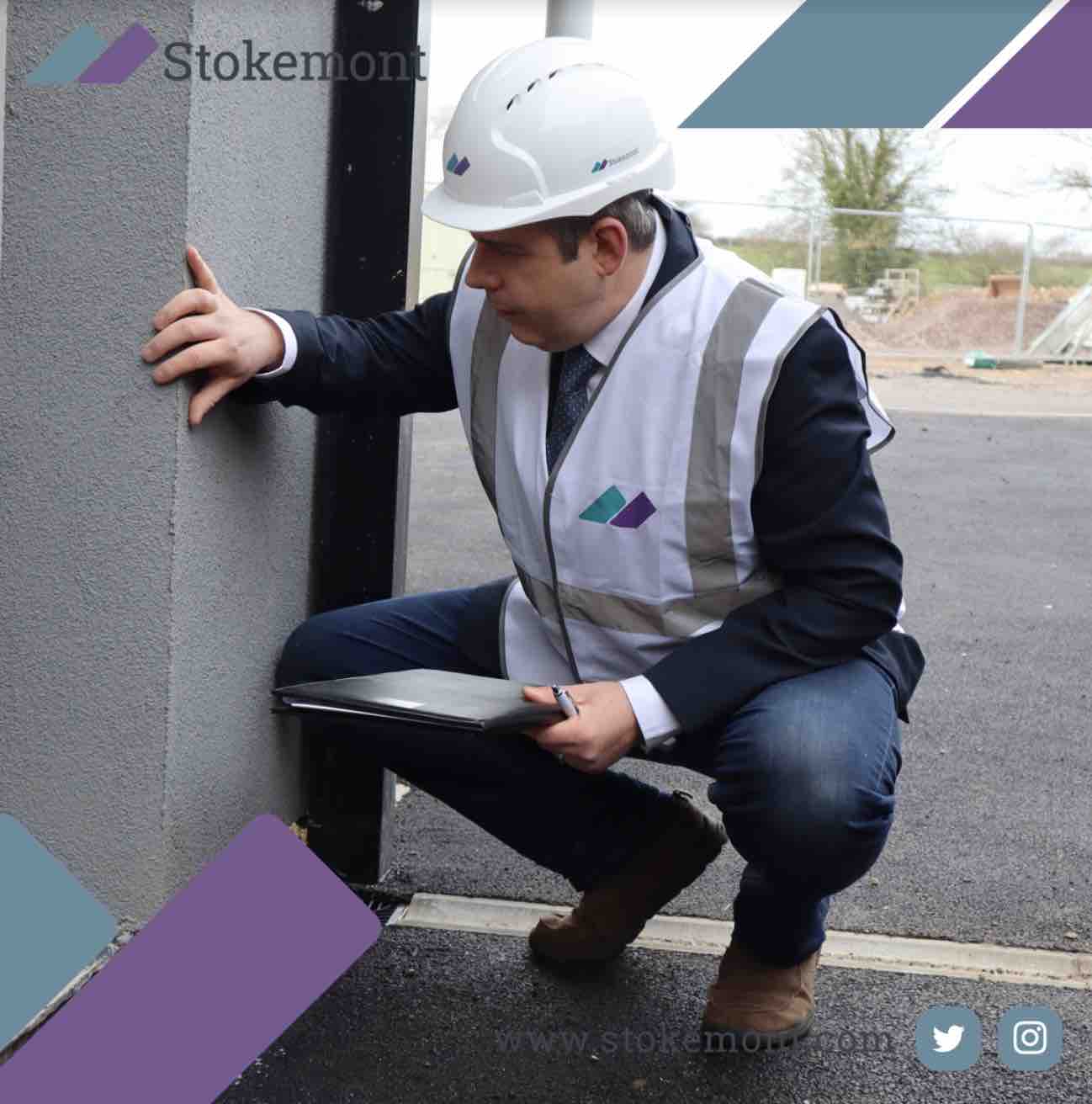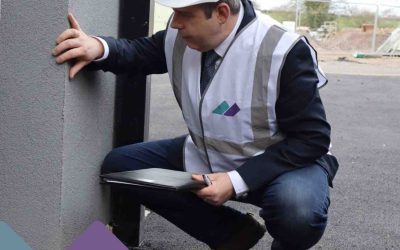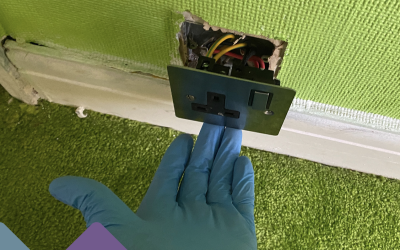A terminal schedule of dilapidations is required when a tenant is leaving their property and premises.
The vast majority of commercial leases throughout England and Wales will be on a fully repairing and insuring basis (FRI). A fully repairing and insuring lease ensures that the tenant is responsible for the maintenance liability and upkeep of the property that they are renting or leasing from their landlord.
The purpose of this type of lease is to ensure that landlords are not held responsible for costly maintenance, yielding up and repair upon the termination of the tenant’s lease or tenure at the property.
What is a Dilapidations Report?
A dilapidations report will ensure that the landlord has an experienced and qualified RICS building surveyor inspect and visit the property and tenant’s demise prior to the tenant’s departure from it. It should also be worth noting, that the dilapidations inspection can be taken while the tenant is still in situ, however generally speaking we would tend to advise against this, as it can lead to a scenario whereby further issue of defect occurs or arises as a result of the tenant departing from the property.
The surveyor will go room to room and element to element, carefully inspecting the property to ensure that all defects or dilapidations are carefully listed out and noted.
Once they have done this, they will then cost the various different issues using an estimated basis.
The final outcome will be a comprehensive report which sets out exactly what the tenant is required to do to yield that property back up to their landlord.
What is Yielding Up?
Yielding up is a common inclusion within property leases and will ensure that the tenant has to present the property back to their landlord in a fit state.
In many cases, this will meant that they have to bring the property up to modern day Building Regulations requirements.
The very premise and aim here being that the landlord does not take back a property and have to undertake costly and expensive rectification as a result of the tenant occupying the property for the extended period of their lease and tenure.
Can the Tenant Dispute the Dilapidations Report?
Yes, in all cases it is highly likely that the tenant is going to take some form of dispute or issue with the landlord’s dilapidations schedule and report.
In practice, this is the natural progression that can come with handling dilapidations.
The landlord will obviously want to ensure that the property is handed back to them in the most fit for purpose state.
Whereas, the tenant will want to ensure that the property is handed back to the landlord in the most cost effective way.
Cost effective, most often meaning not going over the top on costly rectification, yielding up or making good.
If you would like to discuss dilapidations reports with our team of experienced and qualified RICS building surveyors, please feel free to get in touch with us today, we will be more than happy to assist and advise you.




